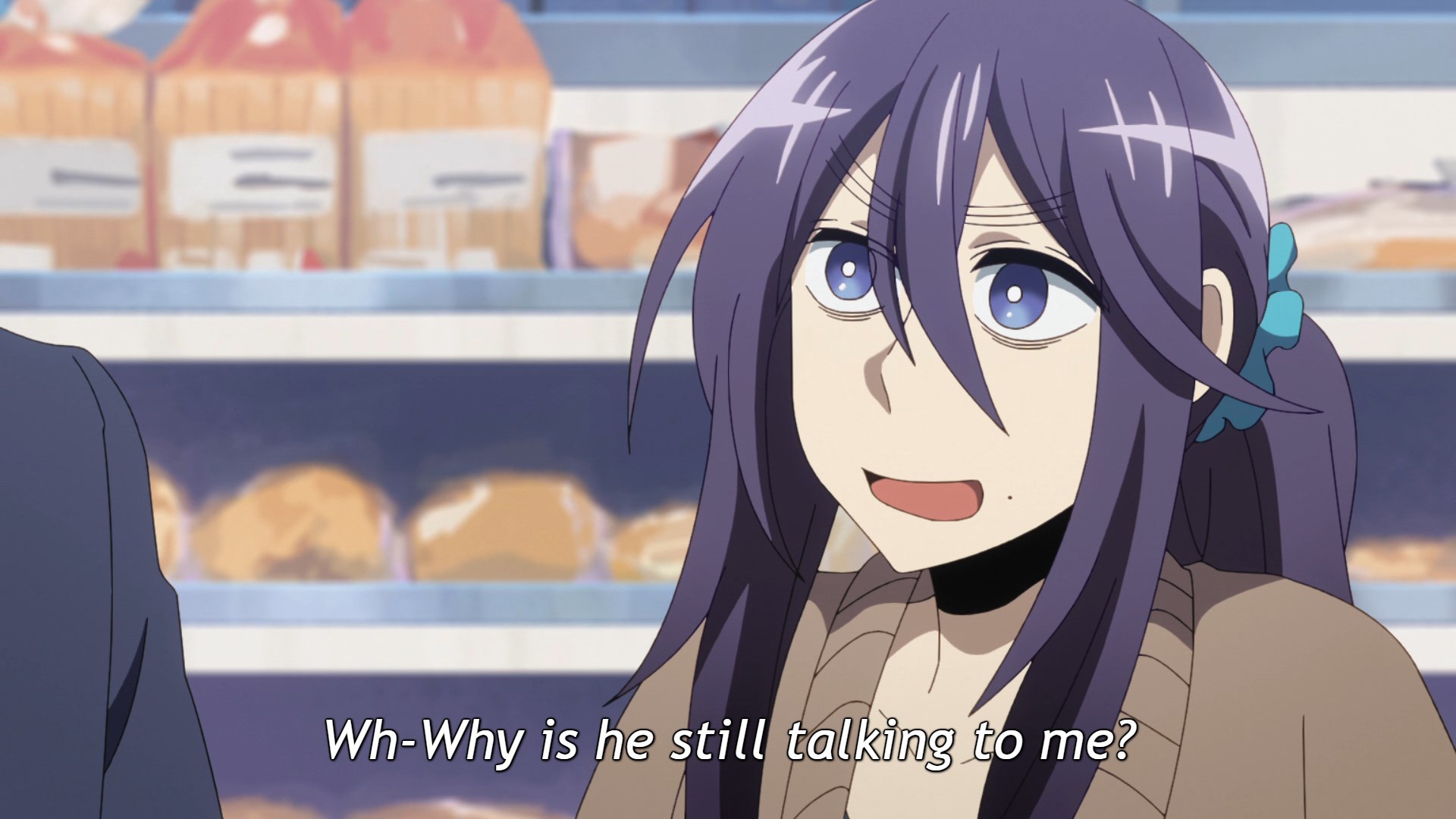

The editor-in-chief of HIKIPOS magazine, Morito Ishizaki, notes the likelihood of hikikomori reintegrating into society gets lower the older someone gets, as they start to lose hope of reintegration once they reach their 50s, and Japan’s labor ministry officials say older hikikomori are less likely to seek help. ” This refers to the first generation of hikikomori discovered, whose parents are now in their 80s, soon to pass away and leave their 50 year old children without anyone to take care of them. Yet recent statistics say over 600,000 hikikomori in Japan are between 40 and 64 years of age, which has stirred up worries over what people are calling the “ 8050 problem. The popular book by Michael Zielenziger, Shutting out the Sun, claims to discuss the “disturbing social trend” of hikikomori: young men who withdraw from society. Hikikomori are commonly referred to as “youths” or “young people,” in videos and articles that report about this lifestyle.

NEET treatments generally have a focus on just finding a job, getting out there, rather than thinking about why doing so is necessary or important. One hypothesis of a study that interviewed hikikomori directly suggested lumping them together with NEETs could be detrimental for the hikikomori.

Ikegami explains most hikikomori are people who were scarred in some way by their relationships with others, be that at work or school. Their isolation is not from any one cause or psychological problem, but rather many factors coming together. Unlike NEETs, hikikomori may attend a virtual school or work online, as it lets them remain in their safe space. They might continue to have a social life, or desire a social life, while not engaging in employment, education or training. NEET covers a broad spectrum of people, including those both actively seeking and not seeking work. One statistic says the biggest reason for NEETs in the UK specifically is high youth unemployment. Like hikikomori, there are several reasons why a NEET might have become a NEET, like being financially unable to remain in school, psychological issues, bad experiences with bullying or other trauma, or simply familial responsibilities. One former hikikomori even married his rental sister, and plans to become a rental brother to help people like him.Īs the segment and other experts note, it can take several months just to develop a relationship with a hikikomori where they’ll feel comfortable speaking to you.Īs quick as hikikomori are compared to otaku, they’re also put in the same category as NEETs, or people who are “Not in Education, Employment, or Training.” There is some overlap. The BBC did a piece on this service, which seems to provide slow but effective treatment for some cases. It costs the parents around 800,000 yen a year. There are also a number of support groups who burst into hikikomori rooms and drag them into group homes, but experts believe that these will only end in the hikikomori withdrawing again once they’re released.Ī solution by the organization New Start is to provide hikikomori with a “rental sister” or “rental brother.” These faux family members talk to the hikikomori or write them letters, steadily building up a relationship until eventually trying to coax them out of their room. Every prefecture in Japan is legally required to have a hikikomori treatment center, but there is much speculation about whether they’re effective or not. Many hikikomori stories do not end in triumph. With the definition ever fluctuating, and more and more questions arising, this article debunks five misconceptions about hikikomori. This is for many reasons, but a common one is feelings of shame or guilt from the family. It’s estimated there are over a million hikikomori in Japan, but truly accurate statistics are impossible to get, as many hikikomori are likely to go unreported. So what do we really know about hikikomori? To start with the most basic of definitions, the Japanese government defines them as those who remain isolated at home for at least six consecutive months, and rarely-if ever-interacts with people outside their family. While this is likely linked to the stigma in Japan against mental illness, there has been hope in recent years with more studies being done giving precedence for a more understanding attitude to emerge. Ironically, the fictional hikikomori often seem to paint a more complete picture than the Japanese media that frequently perpetuates the idea that hikikomori are little more than disgruntled adolescents who need some sense shouted into them, or that they’re a danger to those around them.


 0 kommentar(er)
0 kommentar(er)
